One of the most common questions people ask about organic food is simple but important: Are organic foods actually safer than conventional ones?
Consumers often associate the word “organic” with safety — fewer chemicals, healthier farming methods, and better animal care. But what does the science say? Are organic foods truly safer for your health, or is it mostly marketing hype?
In this article, we’ll break down what “safety” means in food, review the scientific evidence, and provide practical advice so you can make confident choices about whether organic foods deserve a place in your kitchen.
What Does “Safer” Mean in Food?
Food safety isn’t just about whether a product is fresh or clean. In science, food safety refers to the risk of harm from contaminants, chemicals, or pathogens.
When we ask if organic food is safer, we’re really considering:
- Pesticide Residues – Are we exposed to fewer chemical residues?
- Antibiotics & Hormones – Does organic meat reduce drug exposure?
- GMOs & Additives – Are organic foods free from controversial ingredients?
- Foodborne Illness – Are organic products less likely to cause bacterial contamination?
- Long-Term Health Risks – Do organics reduce the risk of chronic diseases?
Let’s explore what the research says in each area.
Pesticide Residues: Organic vs. Conventional
This is the biggest difference between organic and conventional foods.
- A 2019 review by the European Food Safety Authority (EFSA) found that over 95% of conventional foods tested were within legal limits for pesticide residues, but organic foods consistently showed lower overall levels of residues.
- A U.S. study published in Environmental Research found that switching to an organic diet reduced pesticide residue levels in children by up to 90% within a week.
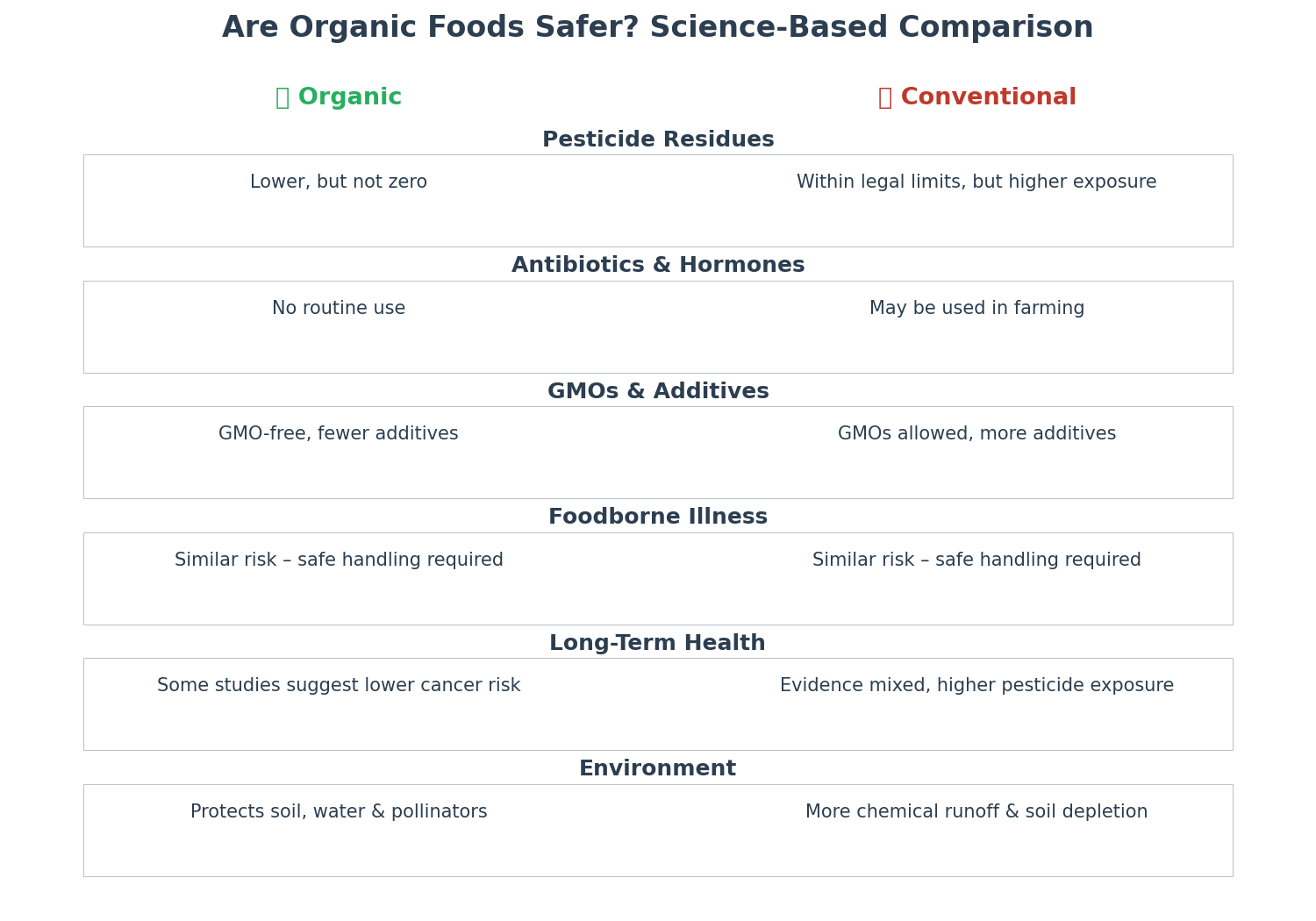
Key takeaway:
- Organic = lower pesticide exposure, though not zero.
- Conventional = within safety limits, but repeated low-dose exposure raises long-term concerns for some experts.
Foodborne Illness & Bacterial Safety
Some critics argue organic food may pose higher bacterial risks because organic farming doesn’t use synthetic preservatives or certain processing methods. But research tells a more nuanced story.
- Organic Livestock: Organic animals are not given routine antibiotics. This reduces the risk of antibiotic-resistant bacteria entering the food chain, which is a major global health concern.
- Foodborne Pathogens: Studies comparing E. coli and Salmonella rates in organic vs. conventional meat show similar levels of contamination. Proper cooking and handling are key regardless of farming method.
Key takeaway:
- Organic meat may reduce antibiotic resistance risks, but safe handling and cooking remain essential for both organic and conventional foods.
Additives, Hormones & GMOs
- Additives: Organic standards prohibit many synthetic preservatives, dyes, and flavor enhancers. This means organic packaged foods often contain cleaner ingredient lists.
- Hormones & Antibiotics: Organic meat and dairy come from animals raised without growth hormones or routine antibiotics. Conventional livestock may still use them, depending on the country.
- GMOs: Organic food is always non-GMO, while conventional foods may use genetically modified crops. Scientific consensus currently considers GMOs safe, but some consumers prefer to avoid them.
Key takeaway:
Organic food reduces exposure to controversial additives and ensures a GMO-free diet.
Long-Term Health Risks: What Science Says
This is where the evidence gets tricky.
- Cancer Risk: A French cohort study (JAMA Internal Medicine, 2018) found that people who frequently consumed organic foods had a 25% lower risk of cancer overall, particularly non-Hodgkin lymphoma and postmenopausal breast cancer.
- Child Health: Research shows children who eat organic have lower levels of pesticide metabolites in their bodies. Some studies suggest links between pesticide exposure and neurodevelopmental issues.
- General Nutrition: Nutrient content (protein, vitamins, minerals) is similar in both organic and conventional foods. However, organic crops often have higher levels of antioxidants and polyphenols, compounds linked to reduced disease risk.
Key takeaway:
Science suggests organic diets may reduce certain long-term health risks, especially for children and vulnerable groups, but evidence is still evolving.
Environmental Safety = Human Safety
Food safety isn’t just about what ends up on your plate — it’s also about the environment that sustains us.
- Organic farming reduces chemical runoff into rivers, protecting drinking water sources.
- Healthier soils store more carbon, fight erosion, and improve food security.
- Reduced pesticide use protects pollinators, whose role in global food supply is critical.
Indirectly, protecting the environment = protecting long-term food safety for people.
So… Are Organic Foods Safer?
The answer is nuanced:
- ✅ Safer in terms of pesticide exposure (lower residues).
- ✅ Safer for reducing antibiotic resistance risks (organic meat & dairy).
- ✅ Safer for avoiding controversial additives & GMOs.
- ⚖️ Nutritionally similar overall — though antioxidants may be higher.
- ⚠️ Not risk-free — organic foods can still carry bacteria or natural toxins.
In short: Organic foods offer safety advantages in specific areas, but they’re not a silver bullet.
Practical Advice for Shoppers
Navigating the organic aisle can feel overwhelming. With prices often higher, most families can’t switch 100% to organic. Instead, focus on smart strategies that maximize benefits without straining your budget.
Follow the Dirty Dozen & Clean Fifteen Framework
- Prioritize organic for foods on the Dirty Dozen list (like strawberries, spinach, and apples), which are most likely to carry pesticide residues.
- Save money by buying conventional versions of foods on the Clean Fifteen list (like avocados, onions, and sweet corn).
- This hybrid strategy ensures you reduce chemical exposure without overspending.
Choose Organic for Children’s Staples
Children are more vulnerable to the effects of pesticides because their bodies are still developing. If you can only buy a few organic items, make them your kids’ daily staples:
- Milk and dairy → Organic milk comes from cows raised without synthetic hormones or routine antibiotics.
- Fruits → Apples, pears, and berries are worth buying organic since they often top the Dirty Dozen list.
- Leafy greens → Spinach and kale are nutrient-rich but also pesticide-heavy when grown conventionally.
Wash All Produce — Organic or Not
Washing fresh produce is one of the simplest ways to reduce risk. While it won’t remove all residues, it does help lower exposure.
- Rinse fruits and vegetables under running water.
- Use a vinegar-water solution (1 part vinegar to 3 parts water) to soak items like berries.
- For firm produce (like cucumbers or melons), scrub gently with a produce brush.
- Peel when appropriate, though remember you may lose some nutrients and fiber.
Cook Meat Thoroughly
Food safety isn’t just about pesticides. Harmful bacteria like E. coli and Salmonella can appear in both organic and conventional meat.
- Always cook poultry to an internal temperature of 165°F (74°C).
- Ground beef should reach 160°F (71°C).
- Avoid cross-contamination by keeping raw meat separate from fresh produce.
Even if you buy organic meat, these cooking practices remain essential.
Shop Smart to Stretch Your Budget
- Go Seasonal: Buy organic fruits and vegetables in season, when they’re cheaper and fresher.
- Buy in Bulk: Stock up on organic grains, beans, and oats to save money long-term.
- Mix & Match: Combine organic and conventional purchases strategically.
- Frozen Organics: Don’t overlook frozen organic fruits and vegetables—they’re often cheaper and just as nutritious as fresh.
With these strategies, shoppers can get the most out of organic choices without overspending while keeping food safety top of mind.
Conclusion
Are organic foods safer? Based on current science, the answer is yes — in some important ways. They reduce pesticide exposure, limit additives, avoid GMOs, and lower the risk of antibiotic resistance. But “organic” doesn’t automatically mean risk-free, and nutrition levels are not dramatically different.
The best approach is balance: go organic where it makes the most impact, and make informed choices everywhere else. At the end of the day, the safest diet is one built on variety, moderation, and mindful eating.

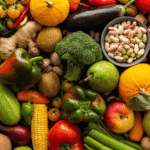


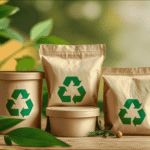
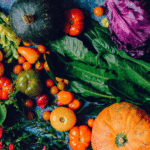
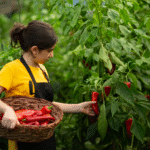
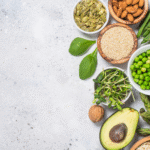
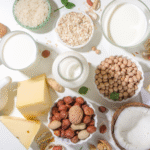

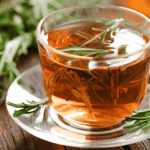
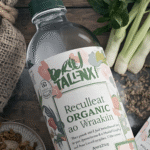
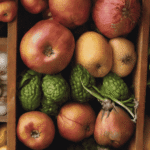
[…] September 11, 2025 […]
[…] […]
[…] […]